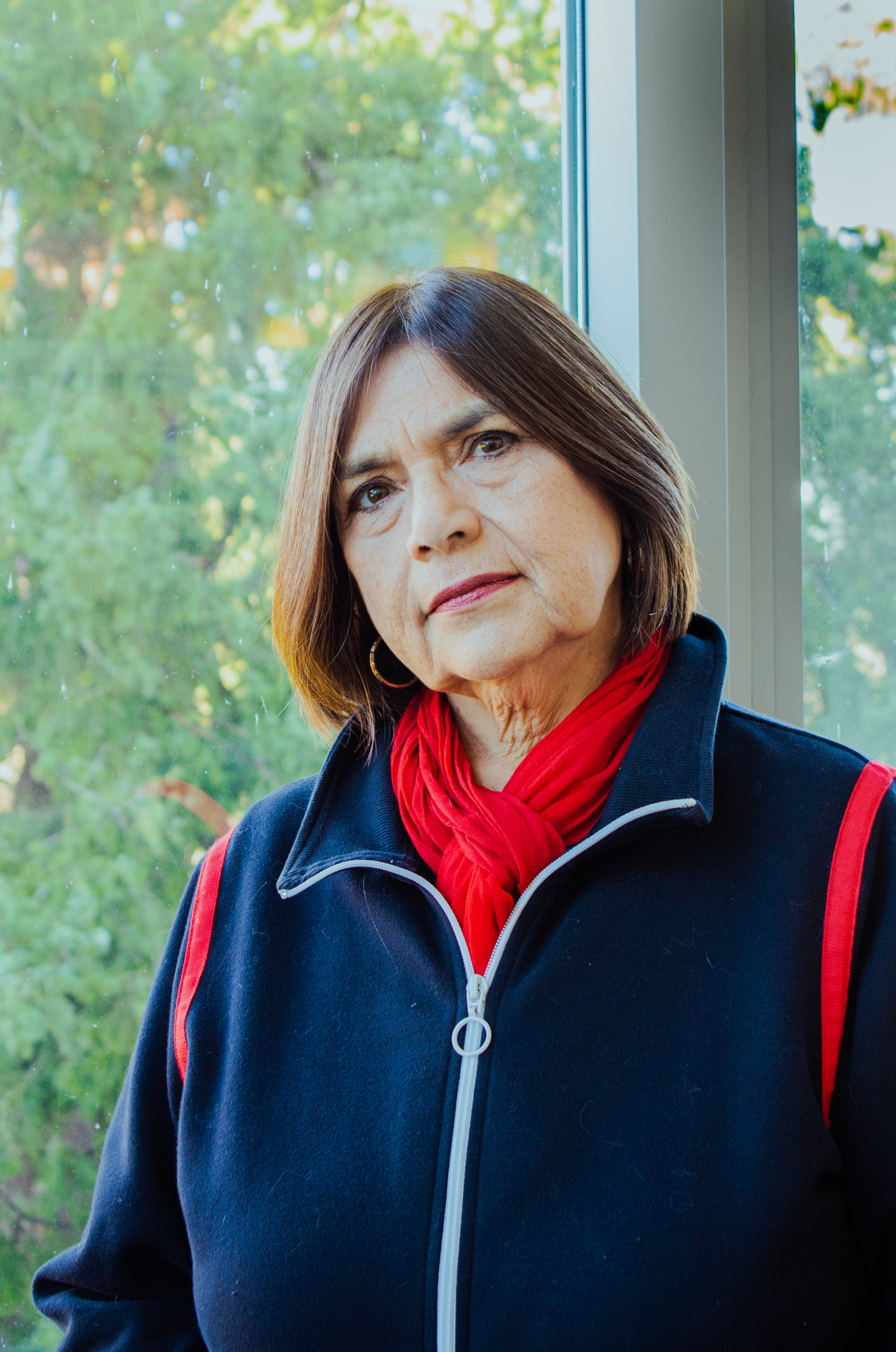Bilingual students are prominent within WSU Vancouver’s community, and supporting different methods of communication is an essential tactic professors will need to include within daily lesson plans. While navigating various cultures within instruction can pose a challenge, professor of education and English language learners, Gisela Ernst-Slavit, believes understanding one another has a profound effect in and out of the classroom.
“Classrooms are diverse. So, as educators, everything we do has to deal with differentiation. That means that our students are all coming with different strengths and needs. We cannot just have a one size fits all curriculum,” – Ernst-Slavit
While growing up in Perú and speaking mostly Spanish and German at home, Ernst-Slavit later learned English in school. Different languages and cultures have been part of her life from the start, and coming from a bilingual and bicultural home is partly what influenced her transition into researching multilingual education. Earning a bachelor’s degree in clinical psychology, a master’s degree in multicultural education and a doctorate in multilingual education, Ernst-Slavit began to discover the impacts language had within early childhood education.
“When I was working as a clinical psychologist, I realized that a lot of the issues that children were experiencing were about context, about the community in which the child was growing up in…. Then, I came to the States… and realized the number of immigrant children there. [I became] interested in working at that level, to pursue more of a socio-anthropological perspective on education,” Ernst-Slavit said.
According to WSU Vancouver’s “Tips to Create a Classroom or Workplace of Equity, Inclusion and Empathy,” professors should create an intercultural development plan, expand their network and develop authentic relationships with people from other backgrounds. In the contest of multilingual classrooms, Ernst-Slavit says the first step in creating an intercultural development plan is understanding students’ needs and their differences.
“Classrooms are diverse. So, as educators, everything we do has to deal with differentiation. That means that our students are all coming with different strengths and needs. We cannot just have a one size fits all curriculum,” Ernst-Slavit said.
Encouraging students to explore alternate methods of communication helps expand their strengths by learning from their peers. Interactive group work and a variety of choices for assignments are two ways Ernst-Slavit encourages inclusivity in her classroom. She says she takes the approach of placing herself as a “team player” next to her students, and encourages them to do the same with each other.
“I always tell my students that they might learn something from me and from the materials, but they will learn mostly from interacting with their peers. So I see my role, not as the sage on the stage, but the guide on the side,” Ernst-Slavit said.
How people yield and understand language is often subconscious, yet, Ernst-Slavit says how language is utilized in the context of education is one of the most important things for educators to keep in mind. Simply changing the wording in a textbook to reflect historical accuracy, and being more conscious about your choices in words, are some of the ways students can learn about multilingual-related social and political issues.
To address these obstacles in the classroom, Ernst-Slavit says she makes sure to use inclusive language, and to shift focus toward what students can learn from diverse perspectives both from one another, and the curriculum.
Additionally, adding language-based demographic information to WSU Vancouver’s student statistics may have some benefits, but only if the charts reflect what students bring to the table, rather than what they lack. According to Ernst-Slavit, if the university adds language demographic statistics to their website, they should be built upon how many students speak multiple languages, what those languages are and students’ proficiency in those languages. In turn, attention is brought to the valuable cultural diversity students bring to campus.
“Schools often focus on what students lack and what they need, and we forget to focus on what students bring: their gifts, their talents, their uniqueness. That is an important piece in the way I teach,” Ernst-Slavit said. “We’re privileged to be in a university college setting because we can explore issues with a level of authenticity and honesty that sometimes cannot be explored elsewhere. [We can understand] the power of language.”

Arabelle is a senior studying English at WSU Vancouver.
